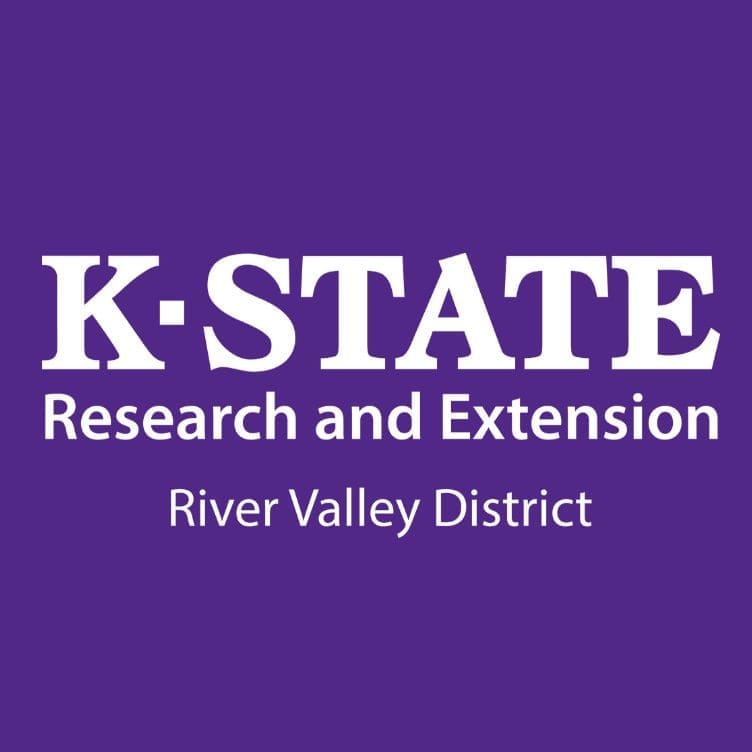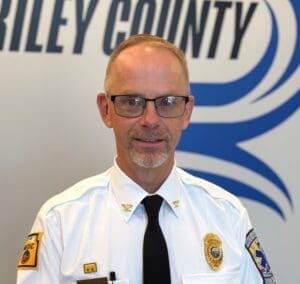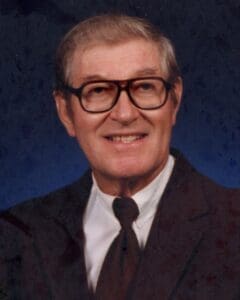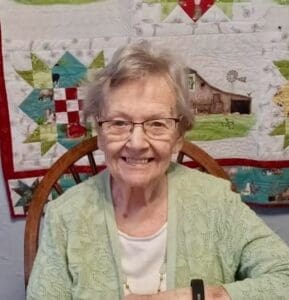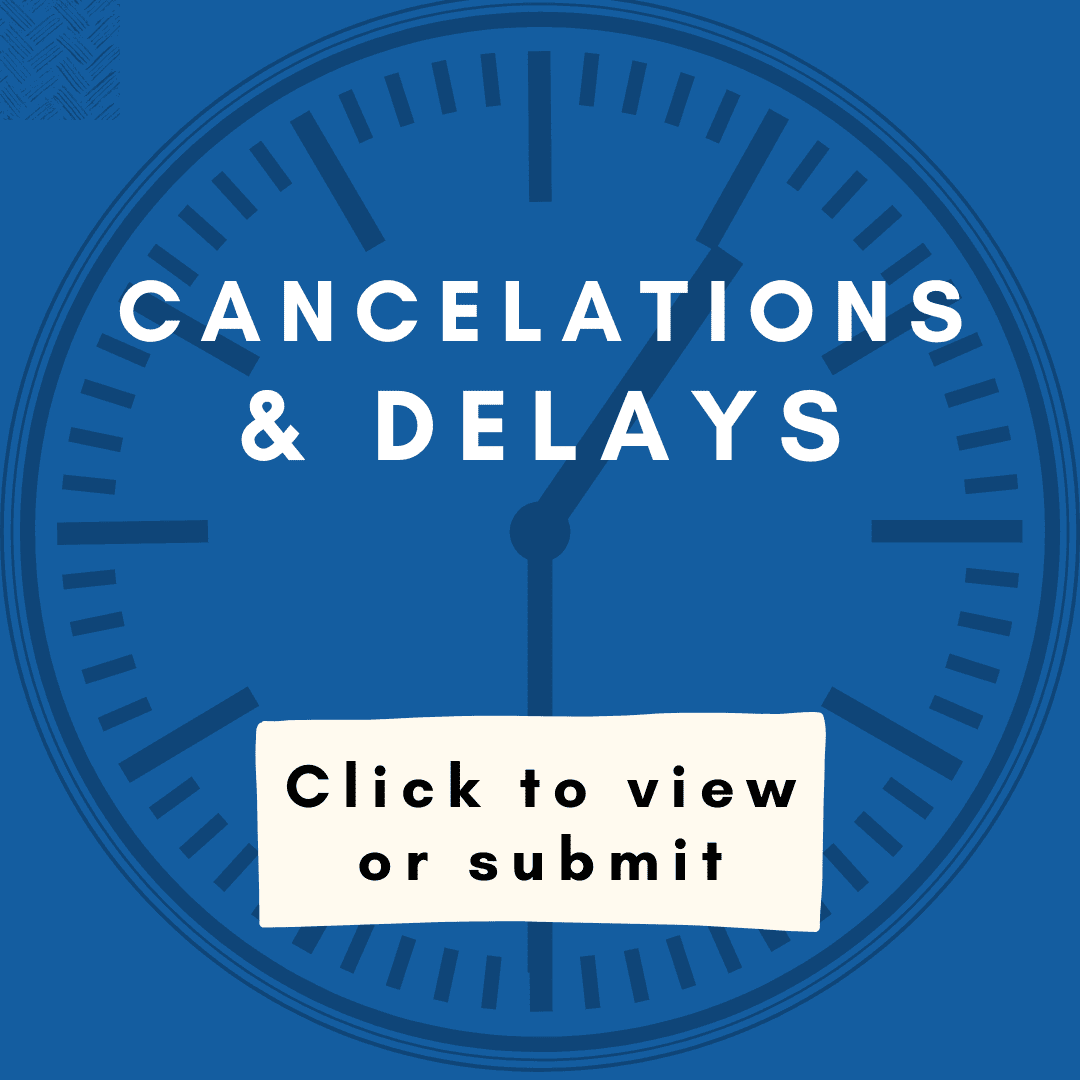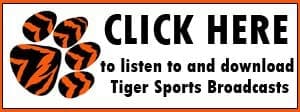Kaitlyn Nelson, Livestock Production Agent
March and April mark an important time in the plains, when grassland fires are prevalent. Prescribed fire or prescribed burning season in Kansas begins in March and continues through mid-to late April. Kansas is a fire adapted landscape. Prescribed fire, at a frequency of 3 to 5 years, plays a critical role in maintaining our grasslands health and reducing wildfire risk. Prescribed fire reduces fuel loading, controls unwanted trees and brush, increases forage value, and rejuvenates our grasslands. It is a tool landowners and land managers use to ensure our valuable grasslands remain intact.
Here are five steps to a safe prescribed burn as outlined by the Kansas Forest Service. Step one develop a plan to include how many people and how much equipment you will need, working with neighbors to burn at the same time, and contacting your local emergency agency to obtain the appropriate permits. Make sure everyone involved in the burn is wearing proper clothing, communication devices have been secured and understands the burn plan which should include who to contact if the fire gets out of control. Before even thinking about burning, determine if site and moisture conditions are appropriate.
Step two prepare the site by creating adequate fire breaks. Fire breaks can be mowed, disced lines, roads (not highly traveled blacktop roads) or other natural fire breaks. If trees or other brush are present near the fire break, they must be cut, and the fire break width significantly increased. All dead trees near the fire break must be cut.
Step three and four observe the weather before burning. Know the weather conditions on the day of the burn and 2 to 3 days following. Understand how weather conditions can affect your burn days. Good information about daily fire weather can be found on the National Weather Service site. Closely look at the hours weather graph to determine wind speeds, direction, and humidity for the burn day and 2-3 following days. The sweet sport for prescribed burning is wind speeds between 8 to 13 mph and humidity greater than 30 percent. If a storm front with shifting winds is approaching, consider delaying the burn due to potential rekindling after the burn.
Step five check and Re-check the site two to three days after the burn. Before leaving the burn site for the day extinguish any burning material within 100 feet of the burned edge. Remember to never burn at night as darkness prevents the drivers of vehicles or personnel on foot from being able to find their way, see obstacles and landmarks, judge distances, and assess the overall fire situation. Preparation and understanding are key when doing a prescribed burn to make sure the fire does not get out of hand and create an even bigger problem like a wildfire. If you have any questions, please contact Kaitlyn Nelson in the Washington office at 785-325-2121 or at khildebrand@ksu.edu.

